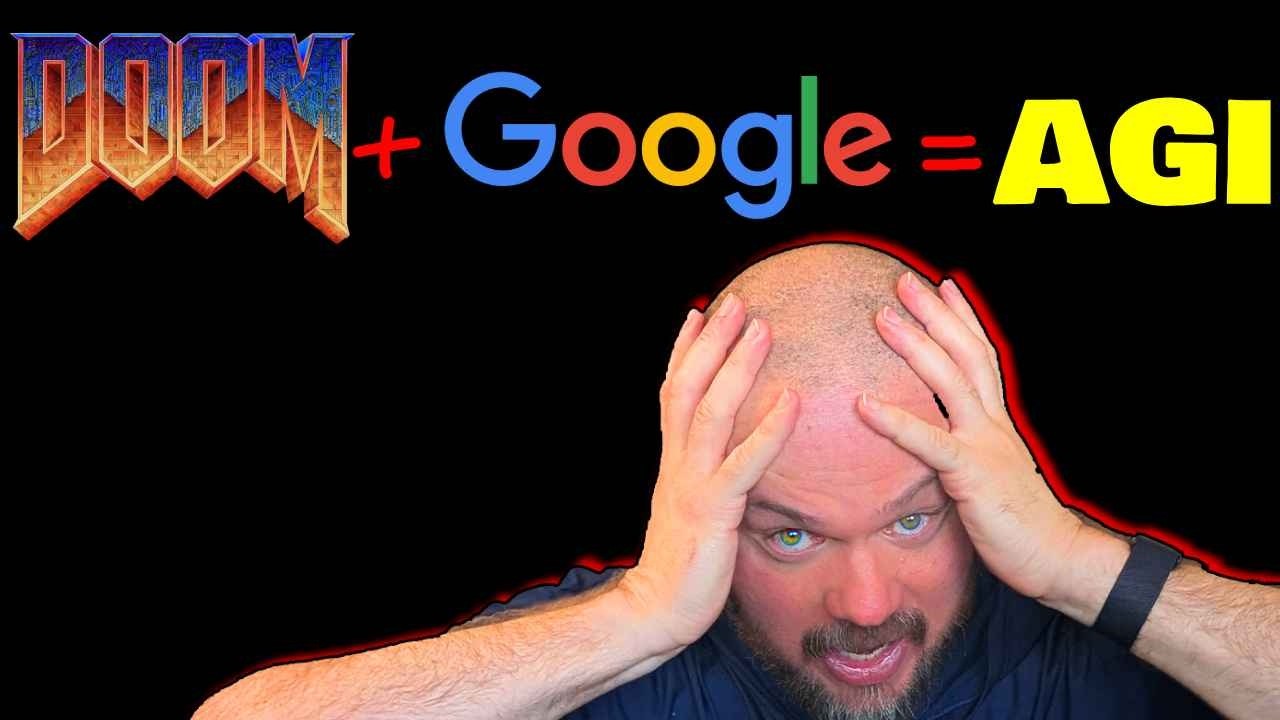The video explores how Google DeepMind’s AI models like VO3 and Genie 2 are revolutionizing video games by generating interactive 3D virtual worlds from simple inputs, enabling AI agents to learn and operate in complex environments without hard-coded programming. It highlights the broader impact of these advancements on game development, AI training, scientific simulations, and the pursuit of artificial general intelligence, suggesting a future where AI-generated virtual worlds become essential platforms across multiple domains.
The video explores the intriguing intersection of AI, video games, and neural networks, focusing on Google DeepMind’s advancements in generating playable virtual worlds through AI models like VO3 and Genie 2. These models can create interactive 3D environments from simple images or text prompts, allowing users to explore and interact with these worlds in real time, much like traditional video games but without any hard-coded programming. The use of game engines like Unreal Engine in AI training is highlighted, showing how synthetic data from such environments aids in developing sophisticated AI systems, including those for self-driving cars and gameplay ideation.
Google DeepMind’s projects, such as Sema, demonstrate AI agents capable of learning to play complex 3D games like Minecraft and No Man’s Sky by interacting with the game environment through human-like controls—using vision to navigate and perform actions without direct access to the game’s internal code. This approach allows the AI to generalize across various games and respond to verbal commands, marking a significant step toward creating versatile, generalist AI agents that can operate in diverse virtual worlds. Microsoft’s Muse project is mentioned as a parallel effort aimed at accelerating game development through AI-generated gameplay ideas.
The video delves into the broader implications of these technologies beyond gaming. By generating vast, dynamic virtual worlds on the fly, AI can drastically reduce game development costs and democratize game creation, enabling people without coding skills to design immersive experiences. More importantly, these AI-driven simulations could serve as powerful tools for training AI agents, running scientific and social simulations, and modeling complex systems like urban traffic or disease spread. Such simulations could provide valuable data for real-world applications, from autonomous vehicles to public policy planning.
The discussion also touches on the historical and ongoing relationship between AI and video games, referencing pioneers like John Carmack, who is now working on AGI by having physical robots play video games to develop generalizable skills. This highlights a trend where video games serve as testbeds and training grounds for advancing AI capabilities. The video suggests that as AI continues to evolve, these neural network-generated worlds will become increasingly sophisticated, blurring the lines between virtual simulations and reality, and potentially leading to universal AI agents capable of operating across multiple domains.
In conclusion, the video posits that the future of AI and video games is deeply intertwined, with neural network-driven simulations poised to revolutionize not only entertainment but also scientific research, robotics, and societal modeling. The advancements by Google DeepMind and others hint at a coming era where AI-generated virtual worlds become essential platforms for training intelligent agents and exploring complex scenarios, ultimately pushing us closer to achieving artificial general intelligence. The video ends on a reflective note, pondering whether these simulations will be singular milestones or part of an ongoing chain of increasingly advanced virtual realities.
